- unicef.org - Guidance on menstrual health and hygiene
- pubmed.ncbi.nlm.nih.gov - Menstrual hygiene among adolescent girls. Tanvi Nitin Deshpande, Supriya Satish Patil, Supriti Balaram Gharai, S R Patil, P M Durgawale
- theses.cz - Menstruation in adolescent girls and young women. Bachelors thesis: Šarlota Smetanová. Supervisor.
Menstrual hygiene: how to choose a menstrual aid? Know the risks and principles
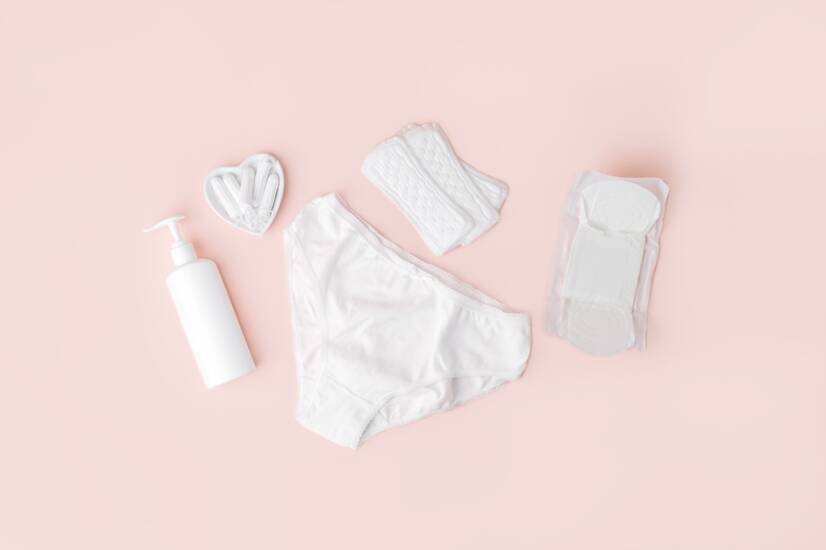
Intimate aids make women's lives easier, help maintain hygiene and prevent health problems. In the past, the topic of menstruation was taboo, but today it is a topic that needs to be talked about publicly. What is intimate hygiene and what is the right choice of menstrual aids?
Article content
History of menstrual aids
Menstrual hygiene products were not always common and in some countries are still not common today. The subject of menstruation was taboo and women had to make do with a piece of ordinary cloth.
In some countries, women do not have menstrual products at all.
In the past, women used a variety of absorbent materials for menstrual bleeding, such as moss cloth, dry grass and fur. However, the most commonly used items were pieces of cloth that could be easily washed after use.
Later, disposable rectangular pieces of cotton or wool were used. The makeshift pad was accompanied by an adhesive strip and a belt to hold the underwear and pad in place. This type of menstrual aid fell into the background in the late 1980s.
The first pads were invented by nurses looking for a way to effectively stop soldiers bleeding after combat during the war. They were made in France from wool material.
In the early 1990s, pads began to be made from paper and with added absorbent gels and absorbent ingredients.
Intimate hygiene during menstruation
During the menstrual phase of the cycle, it is advisable to take extra care of intimate hygiene. Daily showering with clean water or using an intimate shower gel is recommended.
These specific products normalise the pH level in the vagina and are sensitive to the skin and mucous membranes of the woman.
Prolonged bathing in a bathtub, visiting public baths, spas and washing with classic perfumed soaps are not recommended.
It is advisable to avoid sexual intercourse during menstrual bleeding.
Sexual intercourse during menstruation increases the risk of infection entering a woman's internal genital organs (uterus, fallopian tubes, ovaries).
During the menstrual cycle, the pH level in the vagina changes physiologically. The acidic pH of the vaginal environment is a prerequisite for protection against pathogenic micro-organisms. During menstruation, this level changes from acidic to neutral to alkaline.
Recommendations for female intimate hygiene:
- After toileting, wipe from the vagina to the anus.
- Shower with clean water at least once a day
- Use intimate shower gels
- Change menstrual products regularly
- Avoid sexual intercourse during menstruation
- Use non-perfumed menstrual products
- Avoid strongly perfumed soaps and foams

Interesting information in the article:
First menstruation: What basic information should we know?
Choosing menstrual aids
Today, women have a wide range of menstrual hygiene products to choose from. Disposable pads, washable cloth pads, menstrual tampons, cups and menstrual panties.
They should be chosen individually according to the intensity and duration of bleeding, comfort and convenience, skin and mucous membrane sensitivity, virginity, physical activity and, last but not least, ecological impact.
Menstrual pads
The most commonly used menstrual aids are disposable menstrual pads, which are usually covered with different layers - paper or synthetic.
Nowadays, a wide choice of pads is available according to the intensity of bleeding (absorbency of the fabric and gel) or the shape of the underwear. It is possible to choose between pads for day and night use.
It is recommended to choose pads that are not perfumed or bleached with chemicals. The disadvantage is the negative impact on the environment in terms of excessive waste.
Brands are now trying to adapt to the times and are producing disposable pads from more environmentally friendly materials.
Pads should be changed at least every 4 hours, regardless of the strength of the bleeding. With heavy bleeding, every two hours. Menstrual blood collects, breaks down and leaves an unpleasant smell.
Irregular replacement of the menstrual pad increases the risk of germs entering the woman's vagina.
More environmentally friendly or "waste-free" are cloth washable pads, which have seen a big boom in recent years due to environmental concerns.
Unlike conventional disposable pads, they are free of perfumes and bleaching agents. The biggest advantage of cloth pads is their breathability and lower risk of infection. The disadvantage for some may be the need to wash them thoroughly after each use.
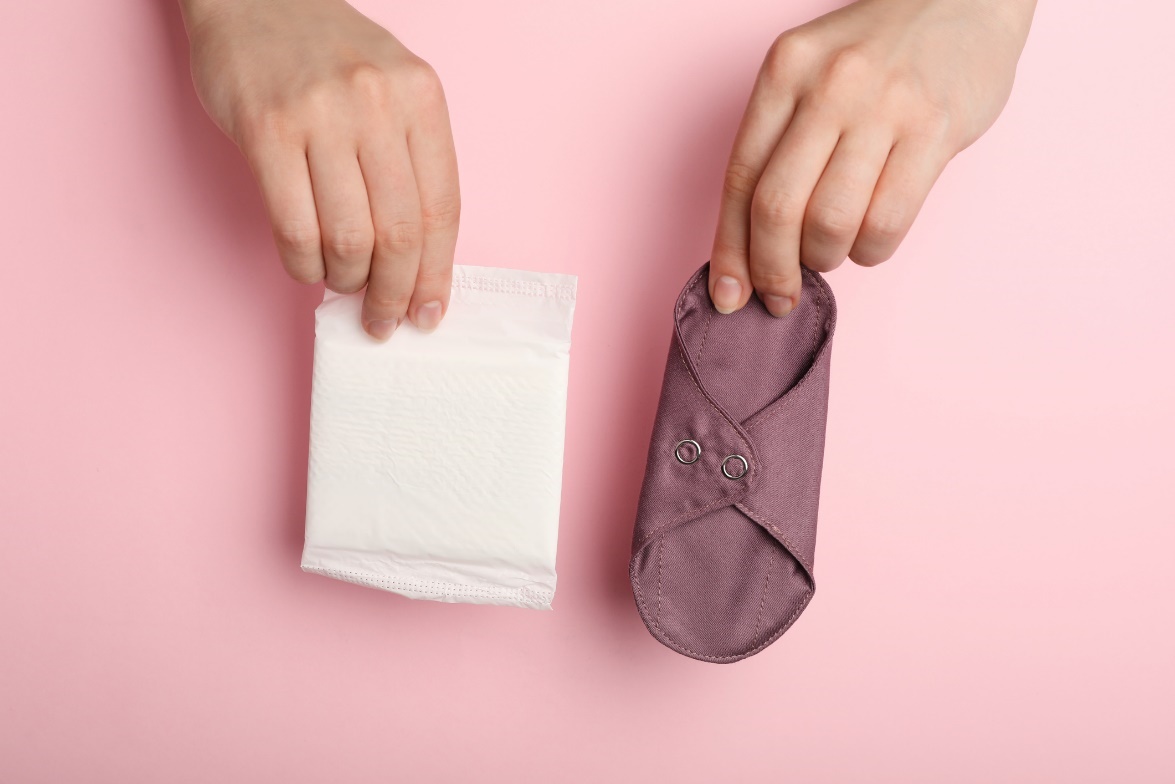
Menstrual tampons
The main consideration when choosing tampons is their size, which is directly related to their absorbency. Age is also a criterion. The smallest size is recommended for young girls who have not yet had sexual intercourse.
Tampons are inserted into the vagina and absorb menstrual blood inside the vaginal tube.
The advantage of menstrual tampons is their convenience during physical sports activity.
With tampons, it is recommended to pay extra attention to changing them regularly, at least every 4 hours. Especially with menstrual products that are perfumed, chemically bleached and can cause irritation.
Irregular replacement of a highly absorbent tampon increases the risk of developing an infection called toxic shock syndrome.
It is advisable to choose menstrual tampons made of organic materials without perfumes or chlorine to avoid possible allergic reactions.
Toxic Shock Syndrome (TSS)
Toxic Shock Syndrome (TSS) is a condition in which bacteria multiply in a woman's vagina by breaking down the blood and entering the body. They cause serious systemic illness.
Highly absorbent menstrual tampons that are not changed regularly increase the risk of TSS.
Symptoms of toxic shock syndrome:
- High temperature
- Low blood pressure
- Collapse state
- Nausea, vomiting
- Diarrhea
- Red discoloration of vagina, rash
- Muscle pain
The key to preventing TSS is frequent changing of menstrual products (especially those that are inserted internally) and thorough hand and environmental hygiene when changing the tampon.
If you have already experienced TSS, it is recommended not to continue using menstrual tampons and to choose a different type of feminine hygiene product.
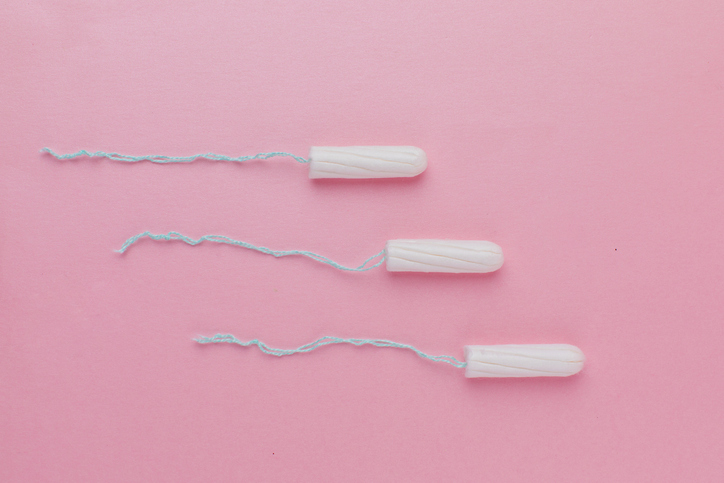
Menstrual cup
The menstrual cup should be made of non-hazardous medical grade silicone material.
The device is injected inside the vaginal tube. Therefore, extra care should be taken to change or pour out the cup regularly and to maintain hand and environmental hygiene. At the end of the menstrual period, the cup should be boiled and sterilised.
The exact rules for application and hygiene should be read in the instructions for the specific product. The cup comes with a cotton bag for storage of the menstrual aid.
This is an eco-friendly, multi-use option with a long warranty. There is a wide selection of colour options and cup sizes on the market today.
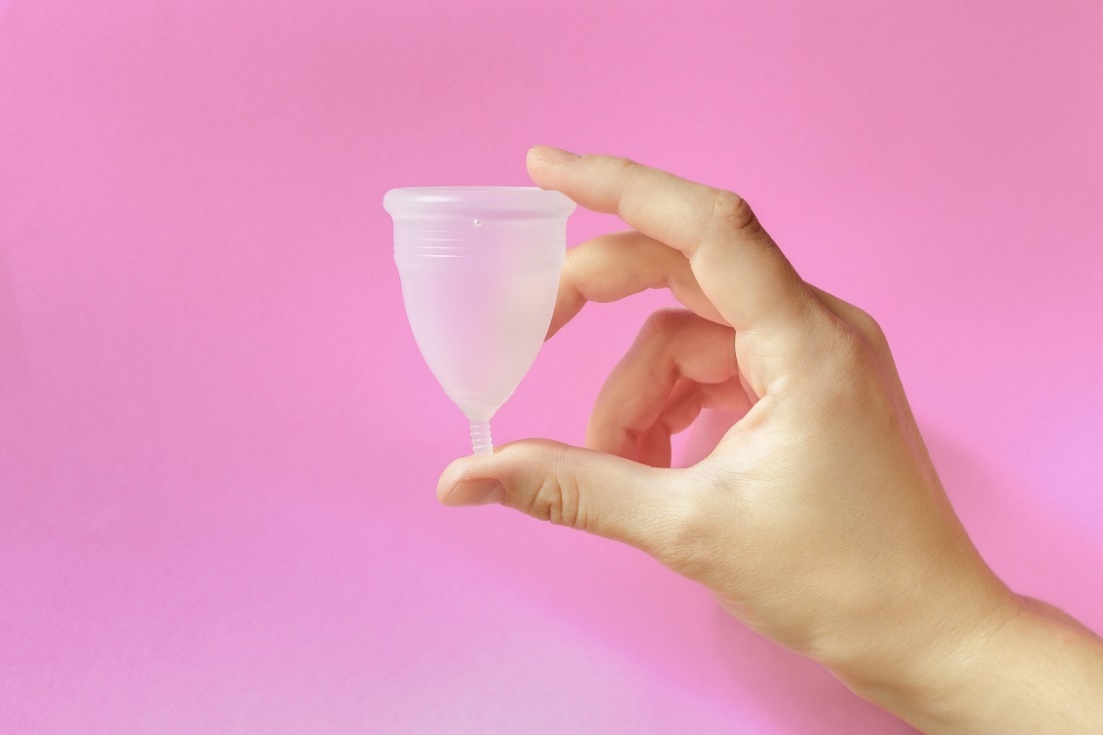
Menstrual Panties
A popular innovation among menstrual aids is the menstrual cloth panties. These are mostly cotton underwear in which an absorbent layer of material is applied to absorb menstrual blood.
Their advantage is their environmental friendliness as it is a multi-use aid. Thorough washing is necessary when using menstrual panties.
Exact hygiene instructions should be read in the product instructions of the specific brand of menstrual panty.
Menstrual Hygiene Day
International Menstrual Hygiene Day, abbreviated as MHD (Menstrual Hygiene Day), falls on 28 May.
It is a day of menstrual hygiene awareness, with an emphasis on countries where menstrual hygiene products are not commonly used or available.
Why 28 May?
It's a numerically magical date.
The number 28 symbolizes the number of days in a woman's average menstrual cycle.
The number 5 symbolizes the average number of days in one menstrual cycle.
In 2012, UNICEF published the official definition of menstrual hygiene for women.
The text of the definition is as follows:
"Women and adolescent girls have the option of using clean material to absorb or collect menstrual blood and can change this material or equipment in private as often as necessary."
The slogan and main message of Menstrual Hygiene Day is:
"Let's create a world where every woman and girl can experience her menstruation in a hygienic way at home and elsewhere."
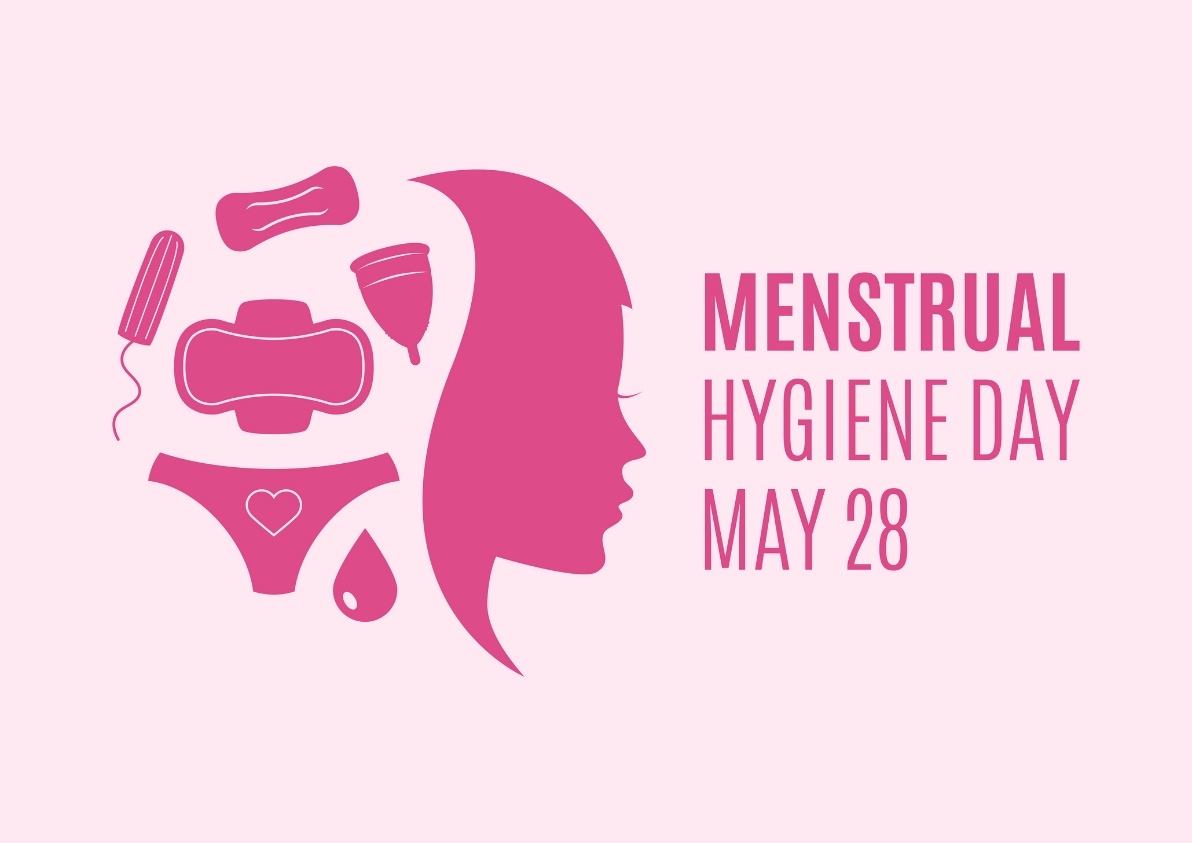
How about reading the articles:
Interesting resources
Related










